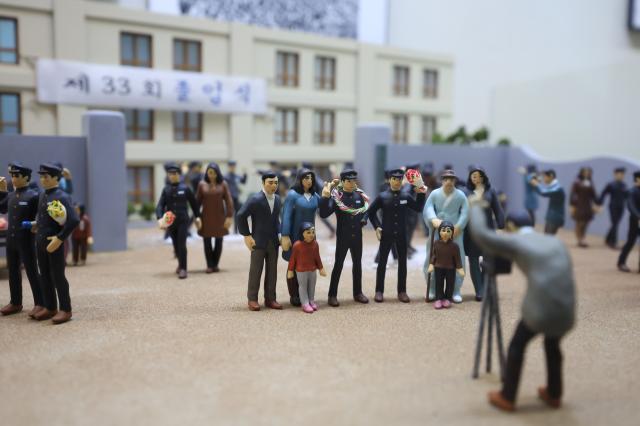
SEOUL, November 28 (AJP) - At the entrance, a large Lego poster reading “Daehan Independence Manse” comes into view. Next to it sits a tiny corner shop marked “Jeongdong Stationery,” its shelves packed with marble games, ice cream buckets, paper cards, and cotton candy. The miniature space feels like a small time capsule, carrying the warmth of the years it represents.
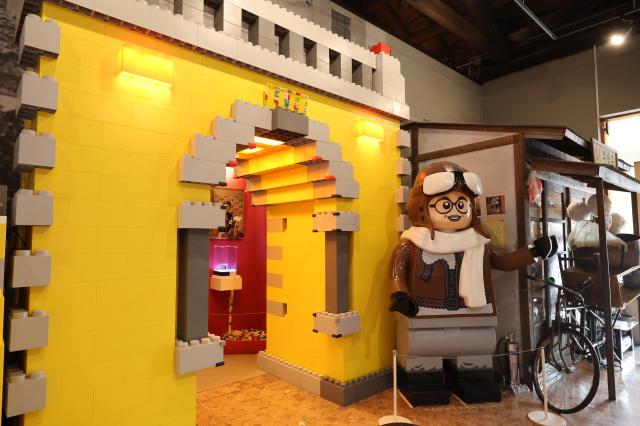
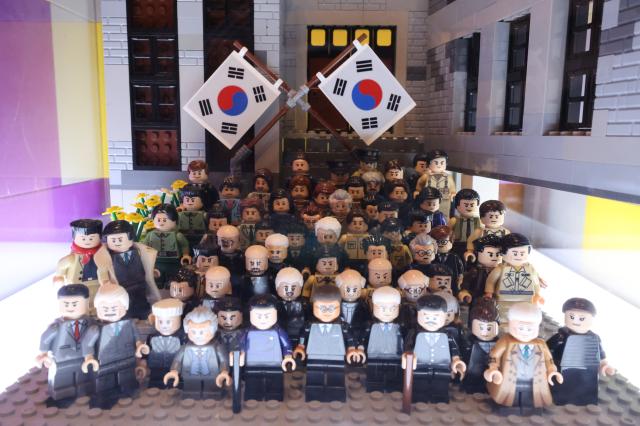
Inside the special exhibition hall, visitors walk through a large Lego Independence Gate and enter another world. Marking the 79th anniversary of liberation, the hall brings together Lego-made scenes of historic moments and the figures who shaped them.

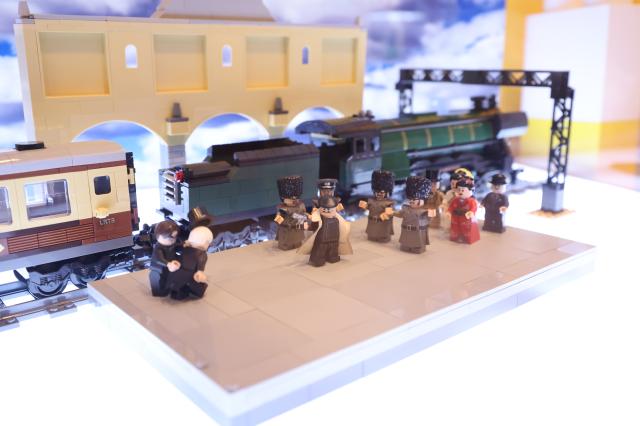
Scenes such as Yun Bong-gil’s Hongkou bombing, the March 1 Independence Movement with Yu Gwan-sun, group photos of returning Provisional Government officials, Ahn Jung-geun’s shooting of Ito Hirobumi, and Admiral Yi Sun-sin during the Imjin War are recreated in colorful Lego blocks. Tiny figures gather in front of the Lego Independence Gate waving “manse,” and the white hanbok worn by Yu Gwan-sun is instantly recognizable even in miniature.
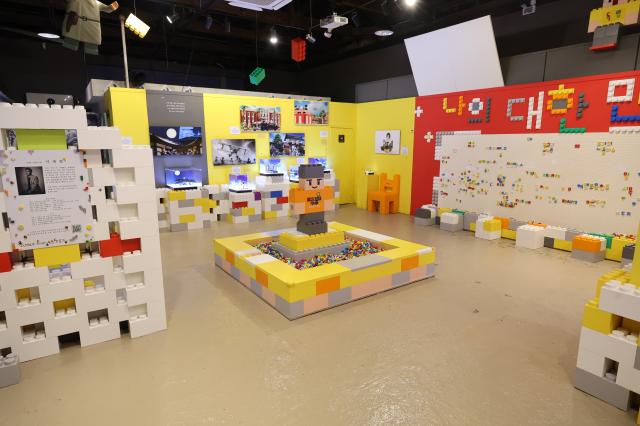

Children stand in front of the Lego displays with bright eyes, listening to stories of history. Meeting independence activists through Lego instead of textbooks makes the figures feel far more familiar. One child lingers at the Ahn Jung-geun exhibit, pointing at the bricks one by one and asking questions.
Rows of 1960s and 1970s school uniforms, textbooks, backpacks, and lunchboxes fill the permanent exhibition. The recreated classroom scene is especially striking — the anti-fire and anti-communism posters on the back wall, metal lunchboxes warming on a central stove, the national flag and class mottos, and a timetable posted next to a map of Korea. The details make the space feel like a doorway into another decade.
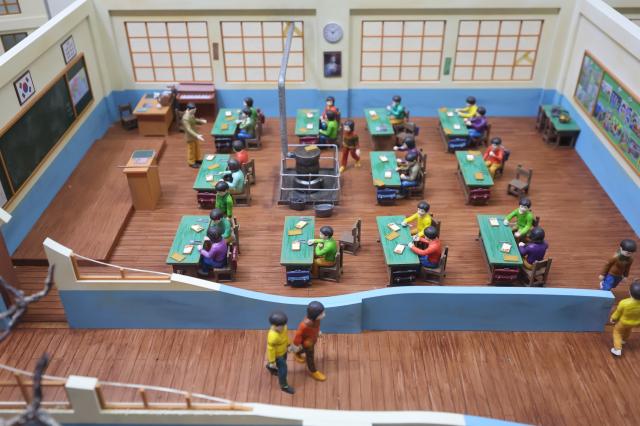

A diorama of a school sports day fills one section — obstacle races, horseback fights, relays. The tiny figures look almost alive. Under a tree, a family shares lunch with kimbap and soda. Though only a few centimeters tall, the little scene carries the energy and joy of a whole era.

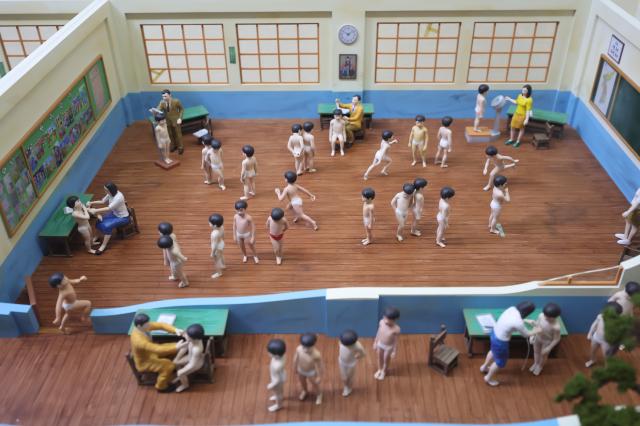
A permanent exhibition tracing Korea’s education history from the Three Kingdoms period to today shows how learning has shaped national identity — from Goguryeo’s Taehak and Goryeo’s Gukjagam to Joseon’s Sungkyunkwan, through the colonial era and into the modern day.
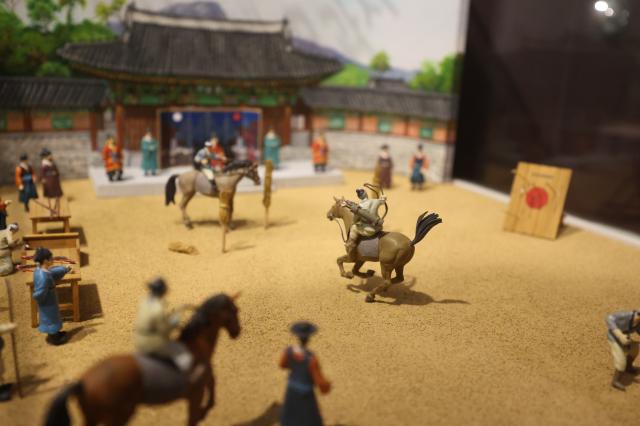

The visit lasts little more than an hour, but the impression lingers — a stationery shop, a schoolyard festival, scenes of independence carved from Lego, and a classroom restored with care. Together they turn the past into something close enough to touch.
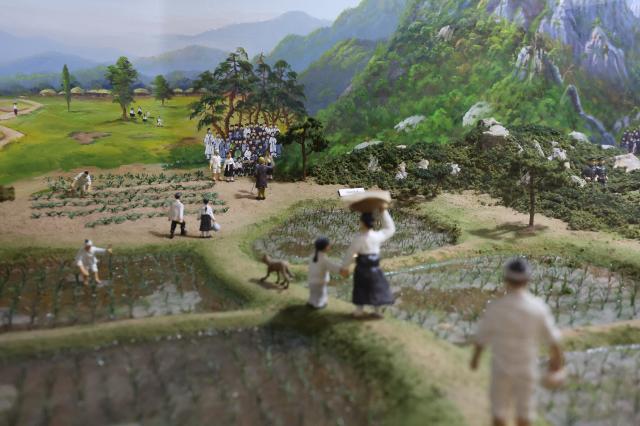
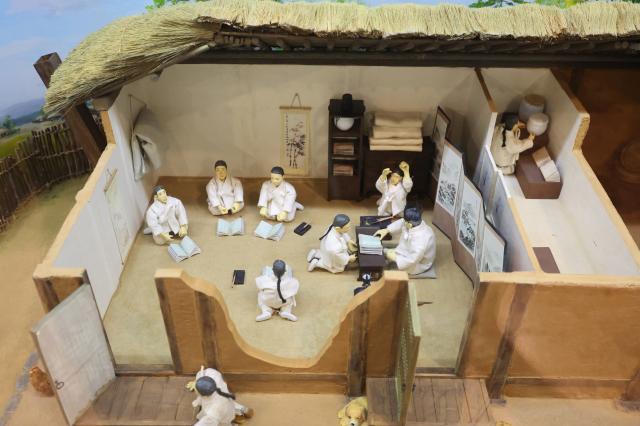
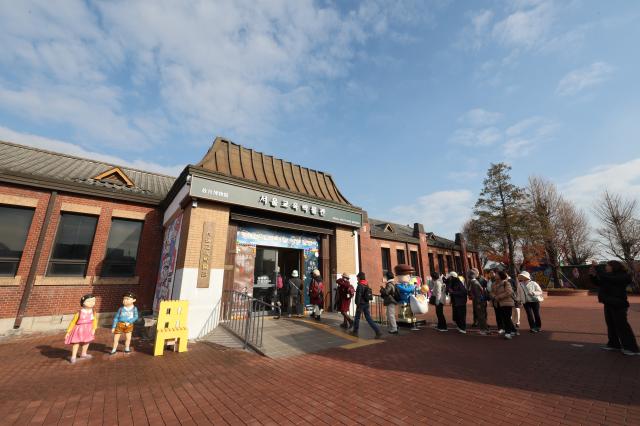
The Seoul Museum of Education in Jongno District on November 26, 2025. AJP Han Jun-gu
Copyright ⓒ Aju Press All rights reserved.




